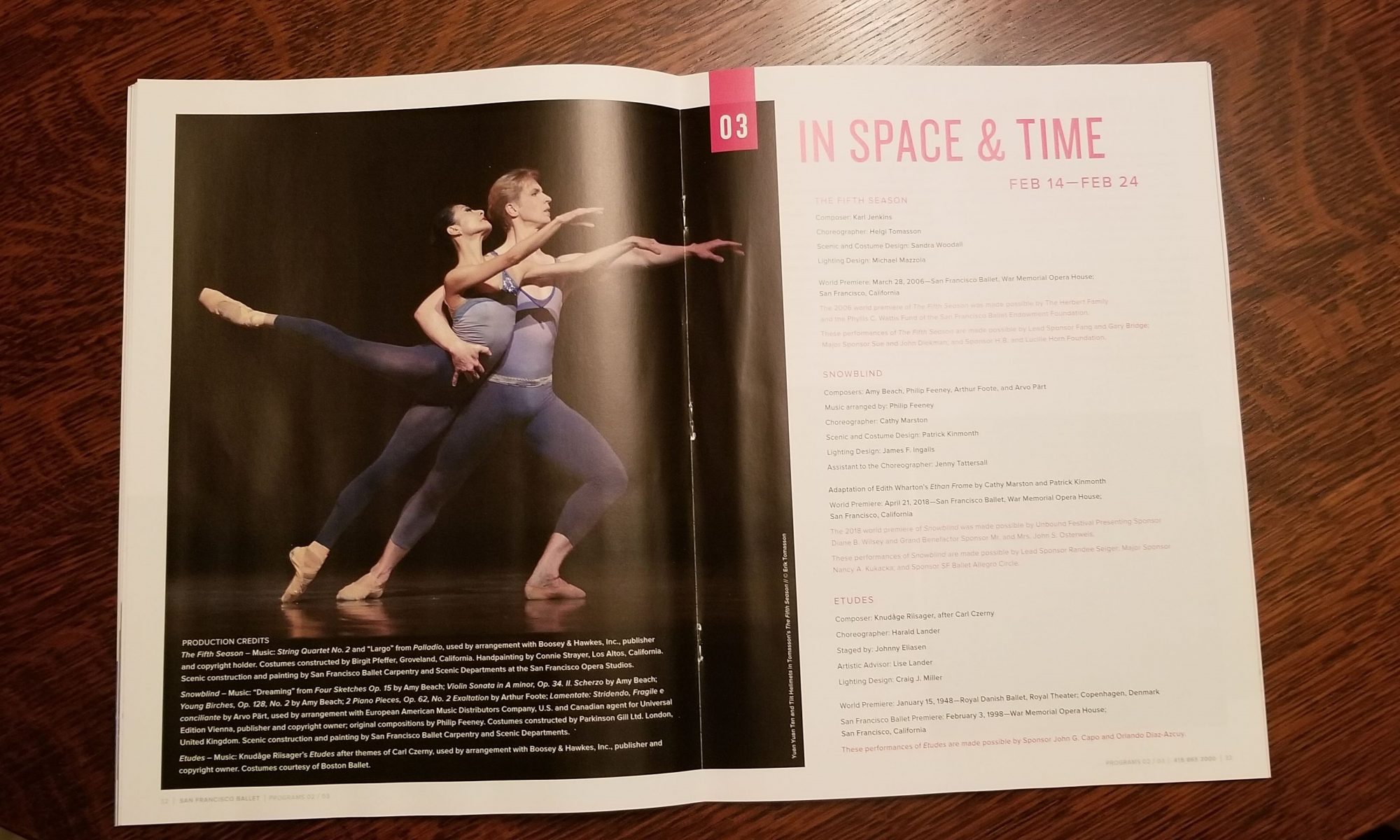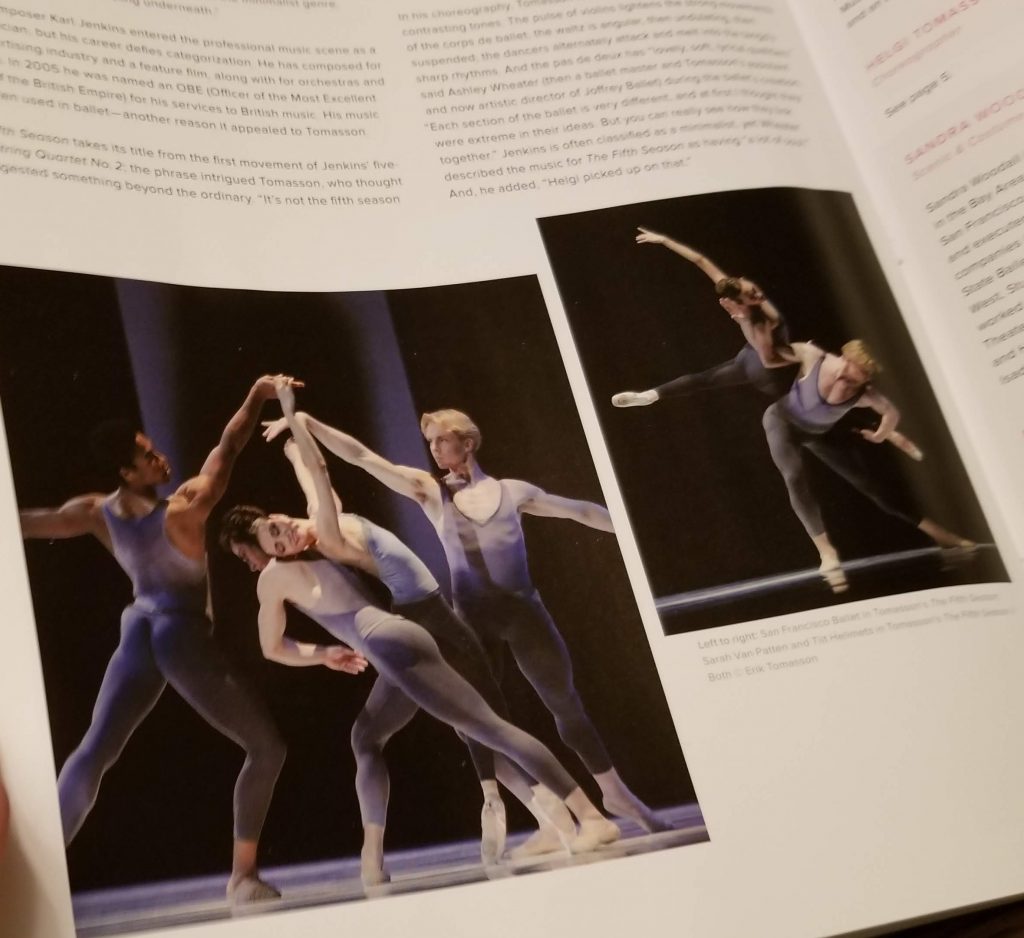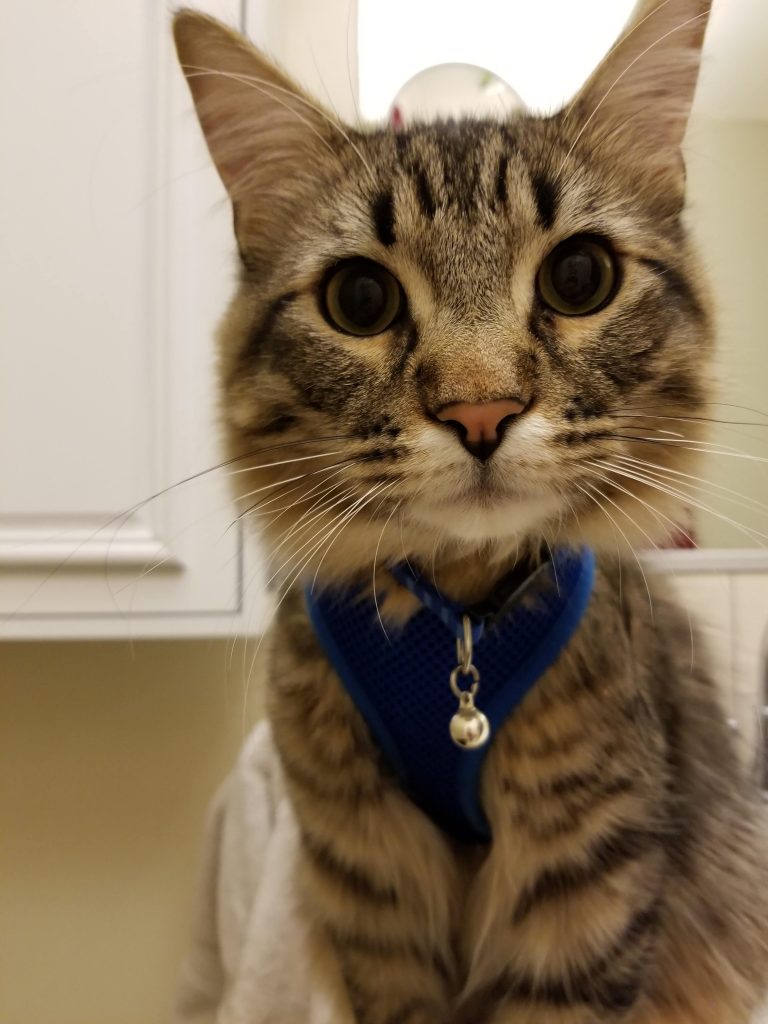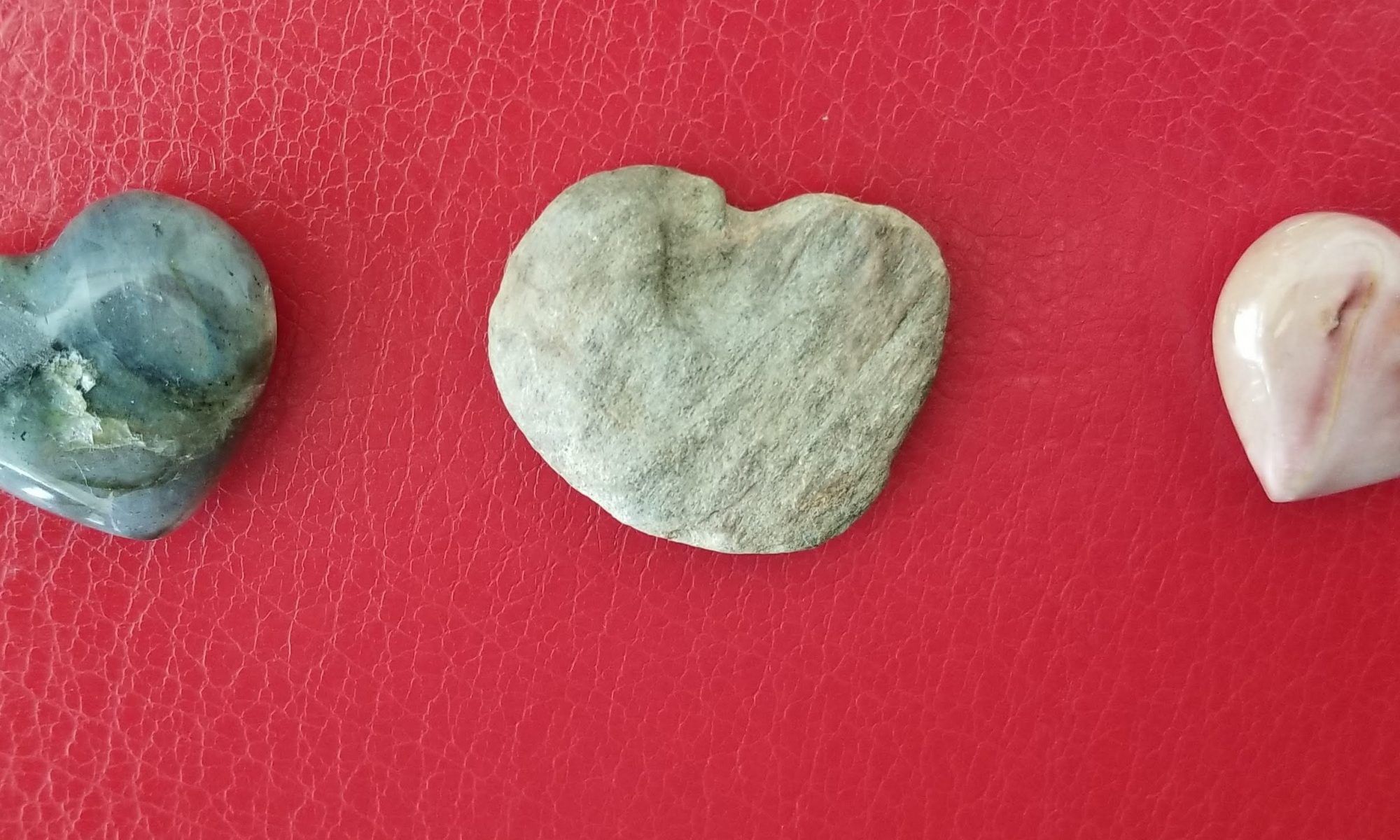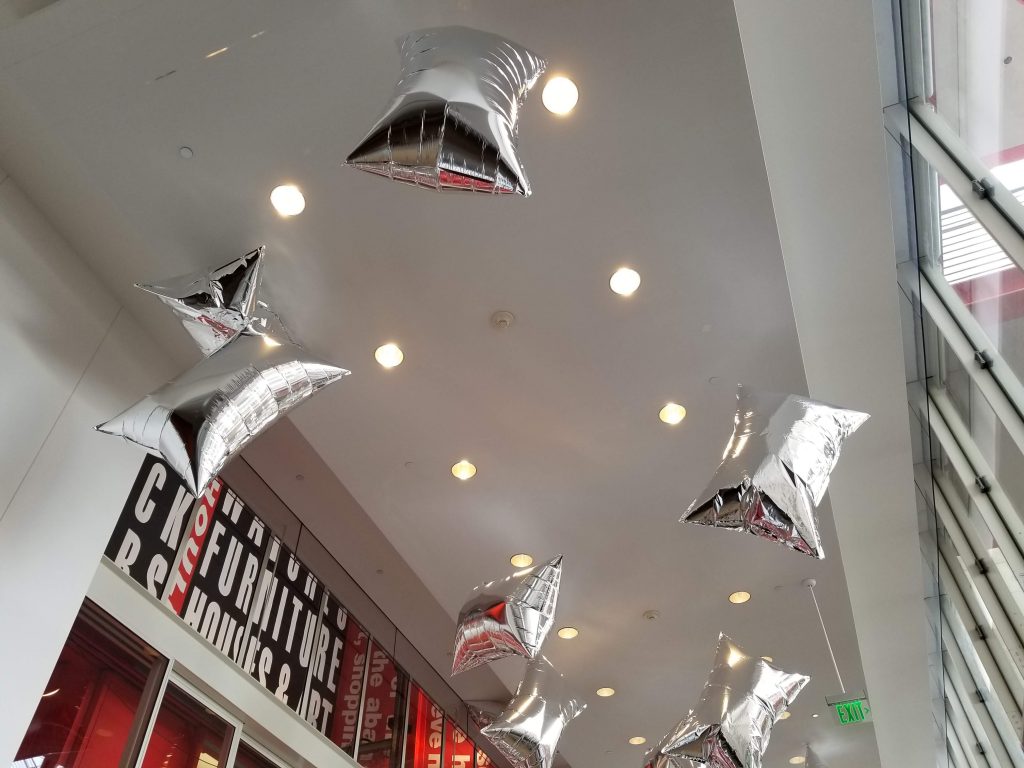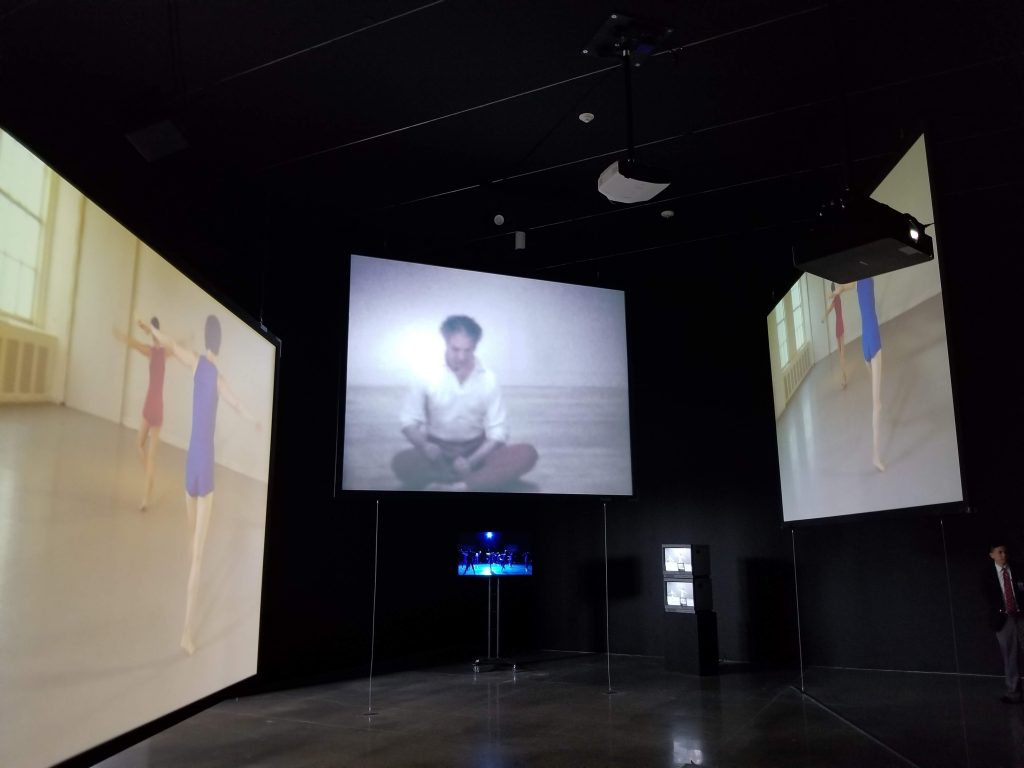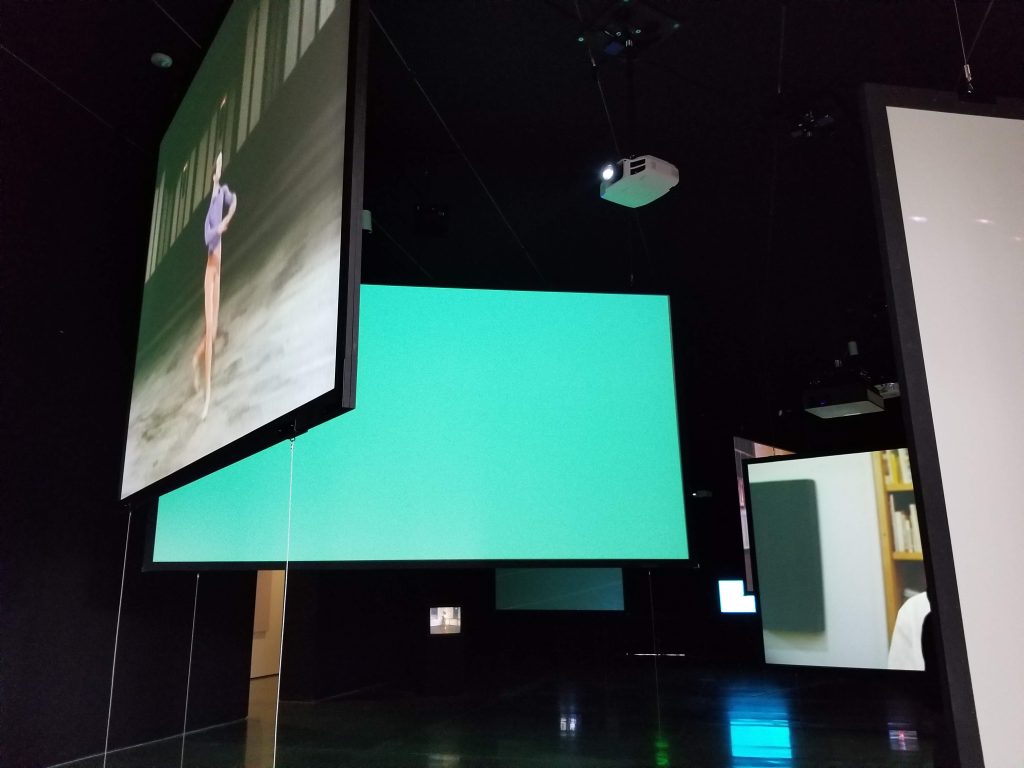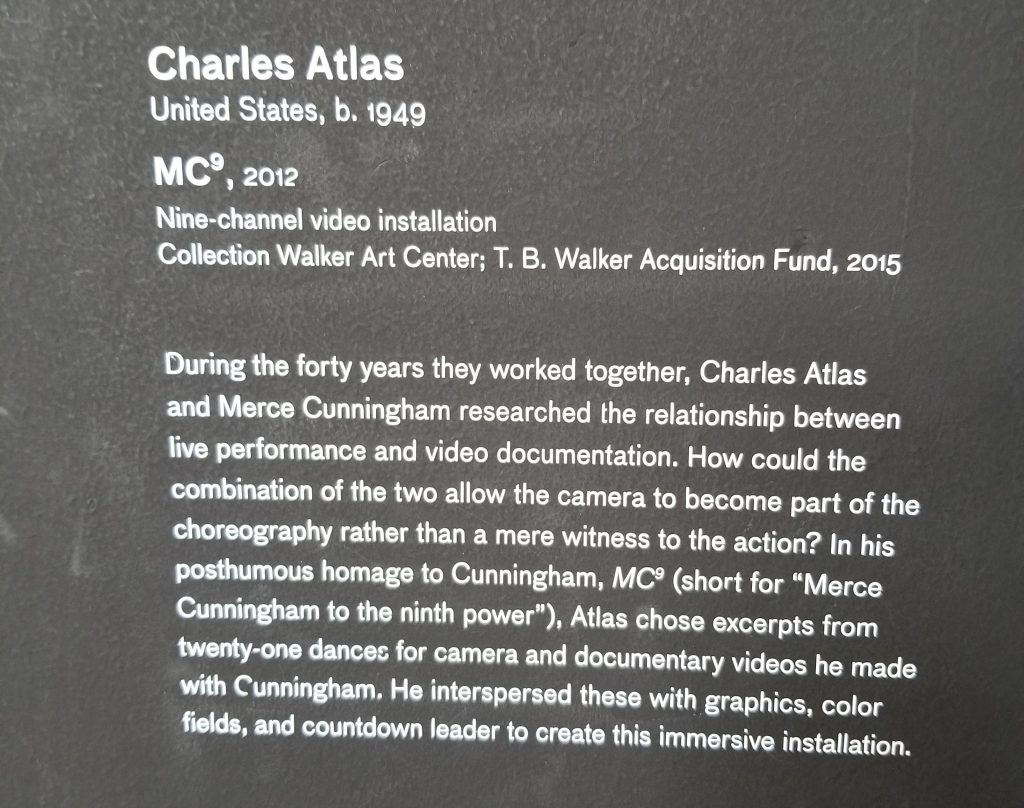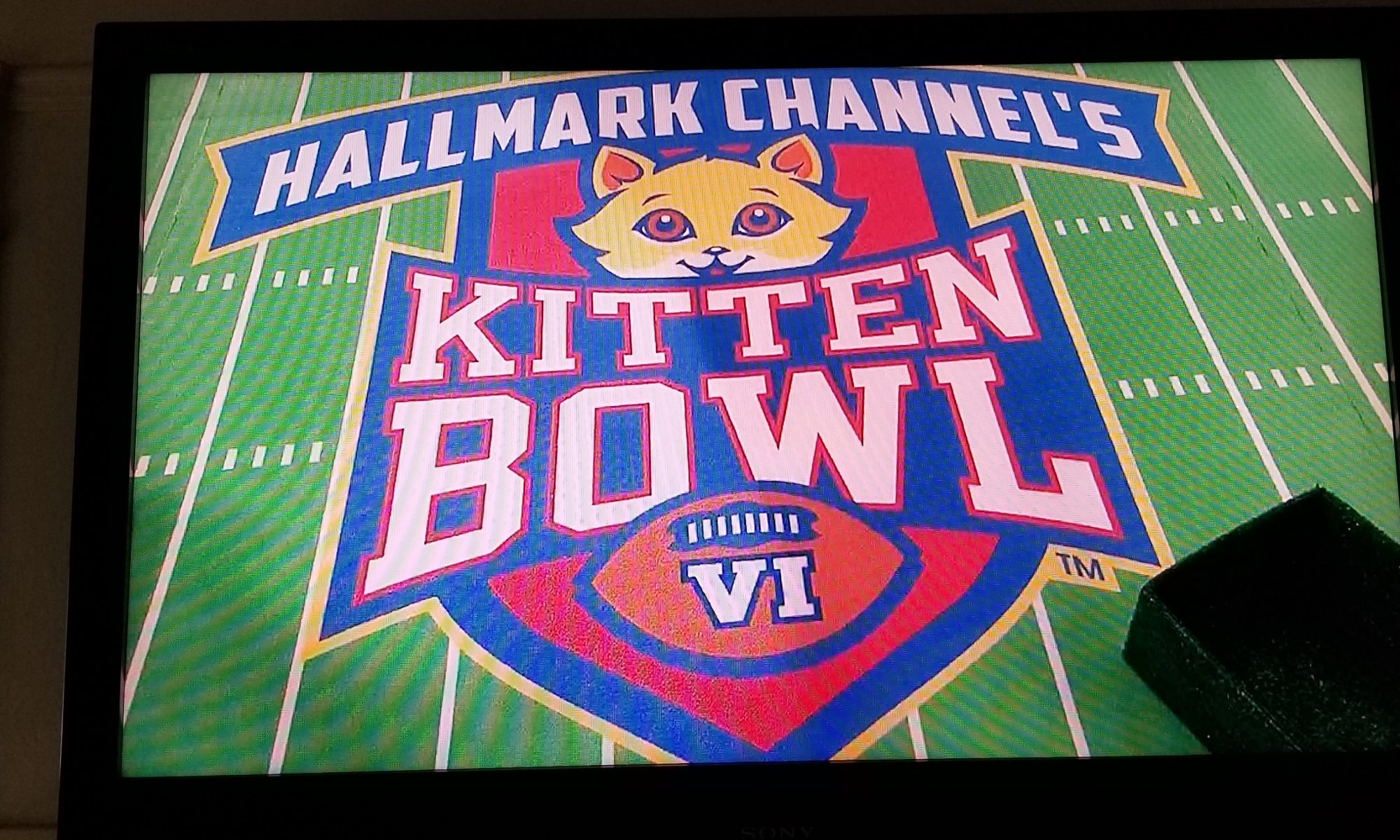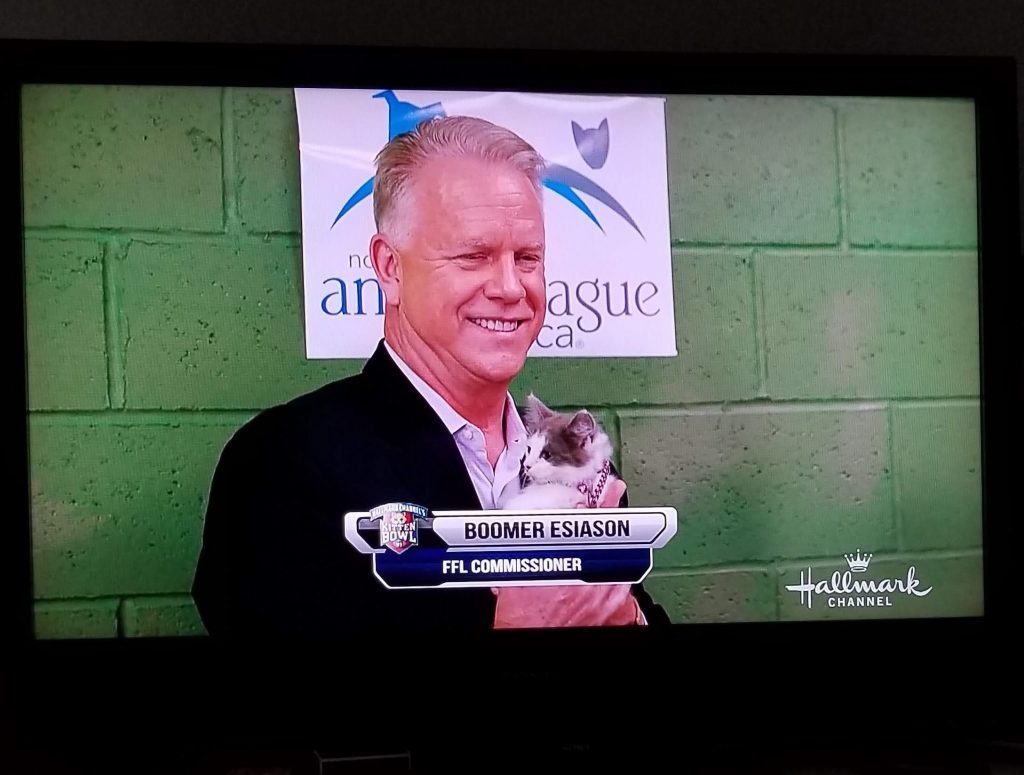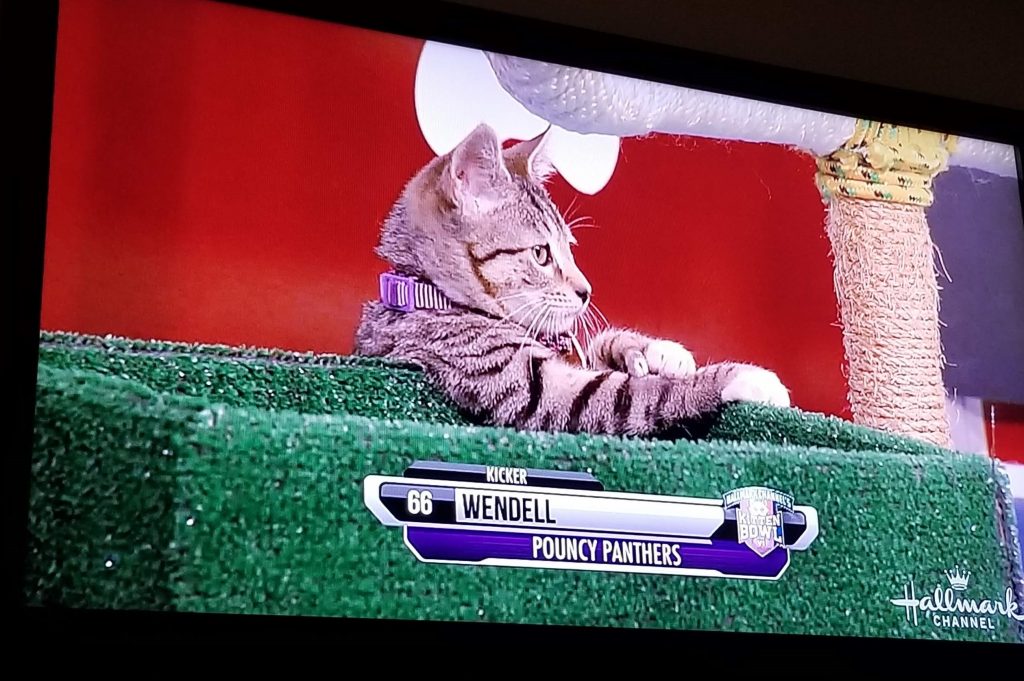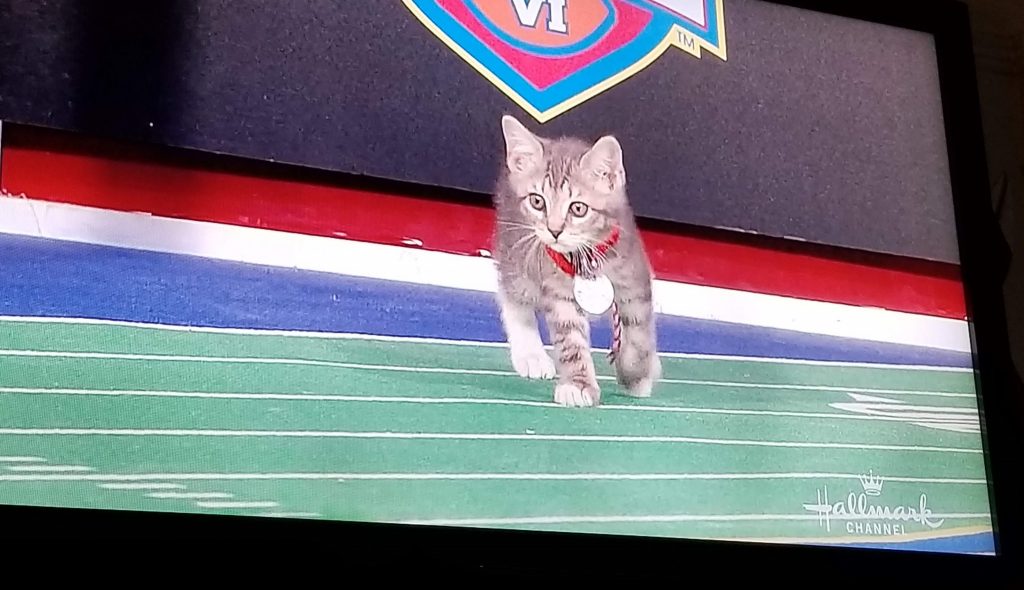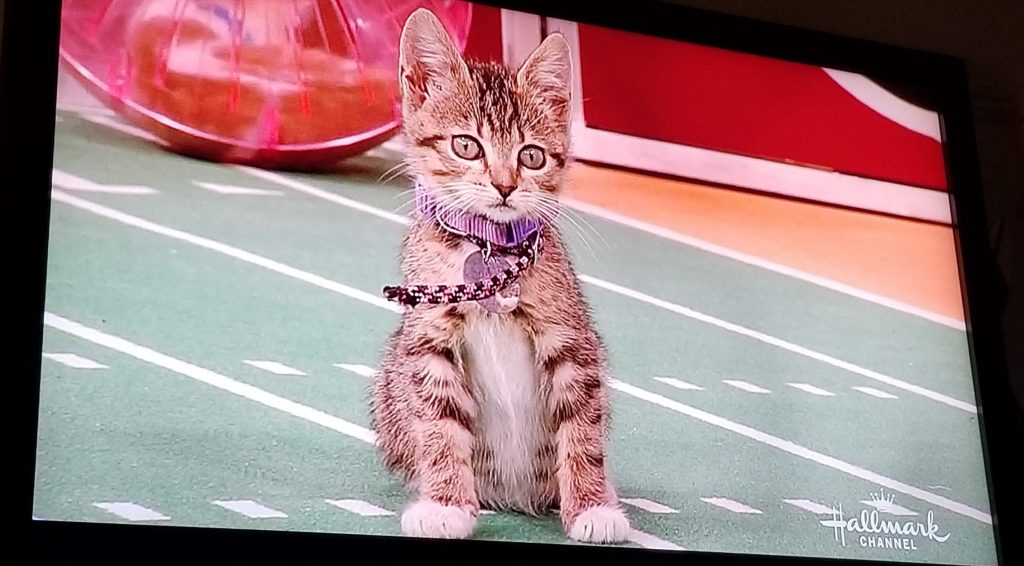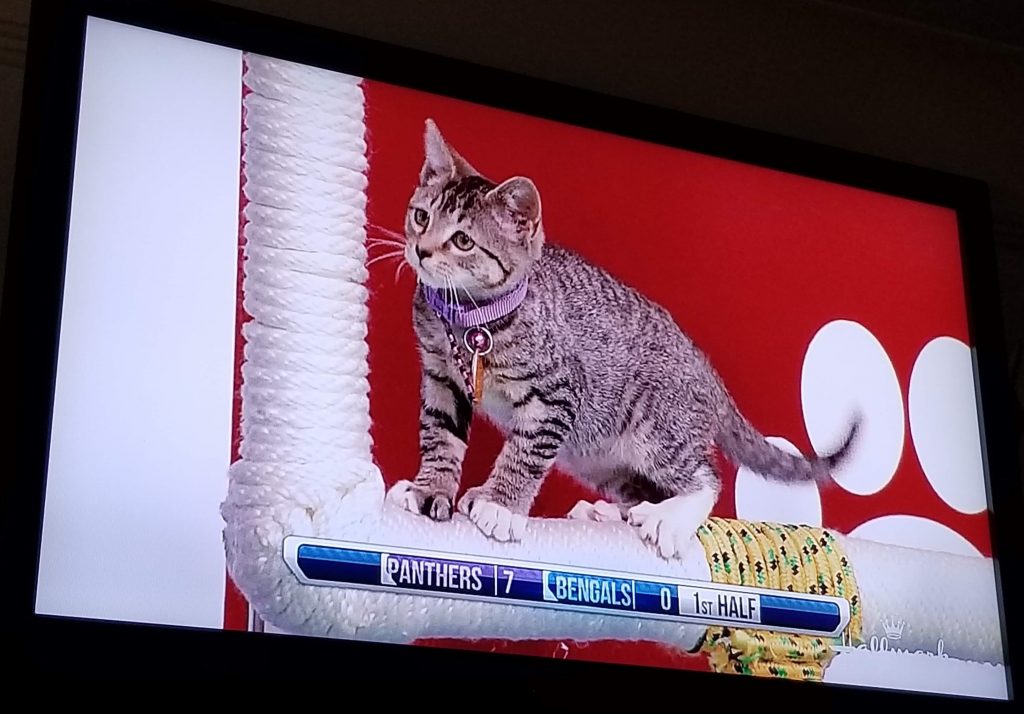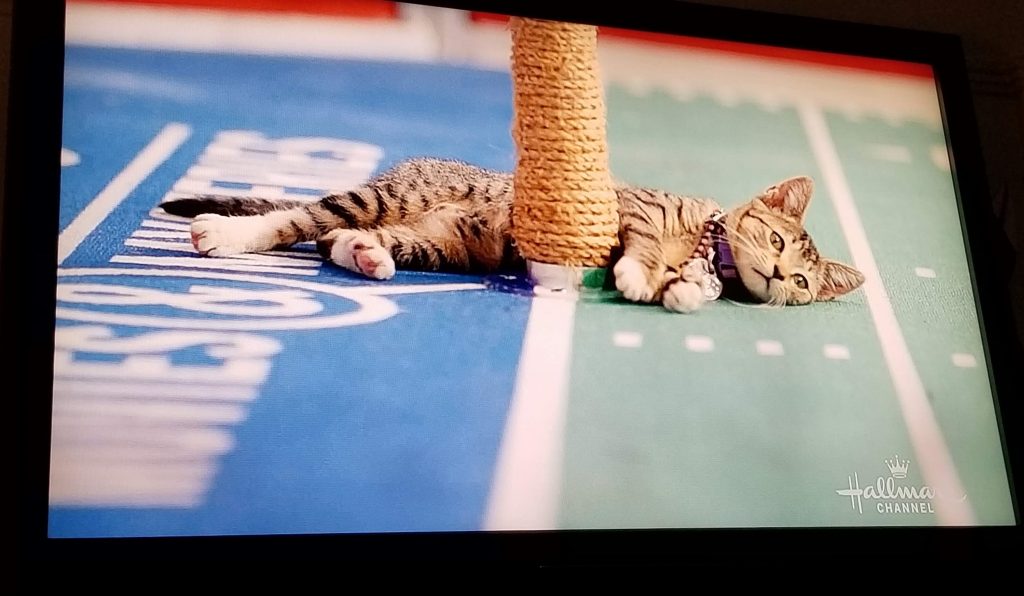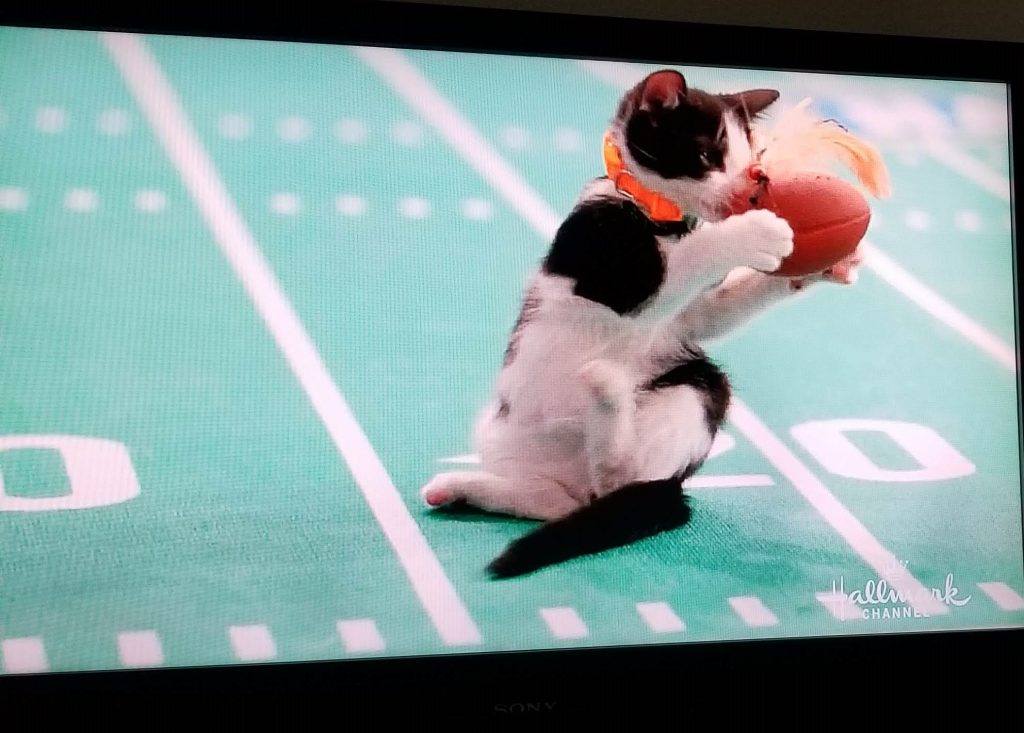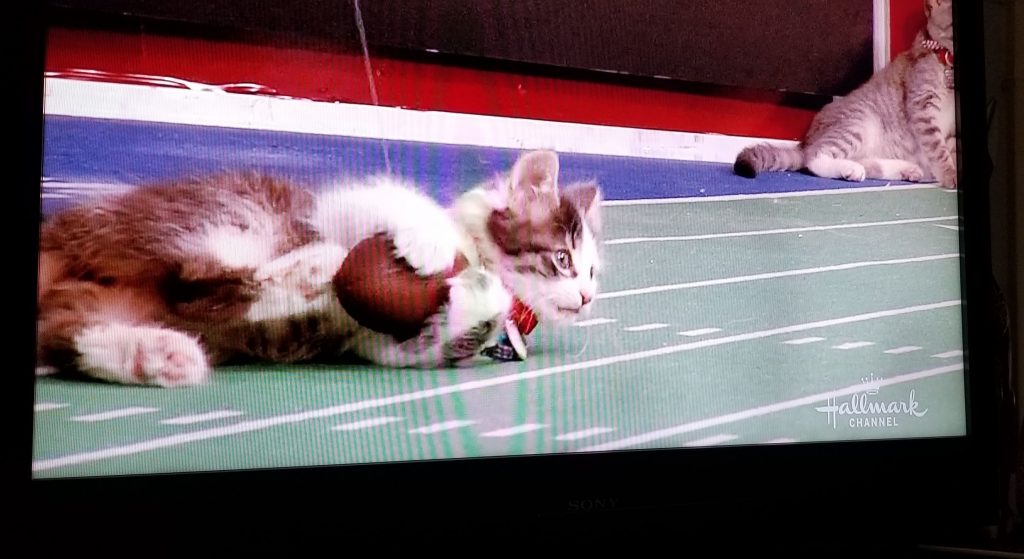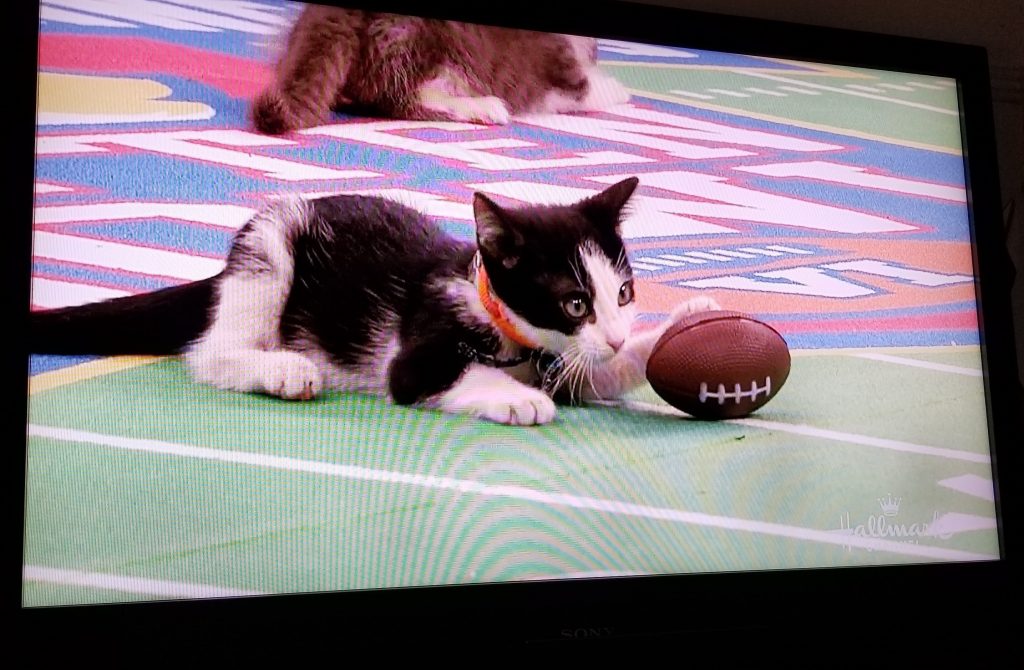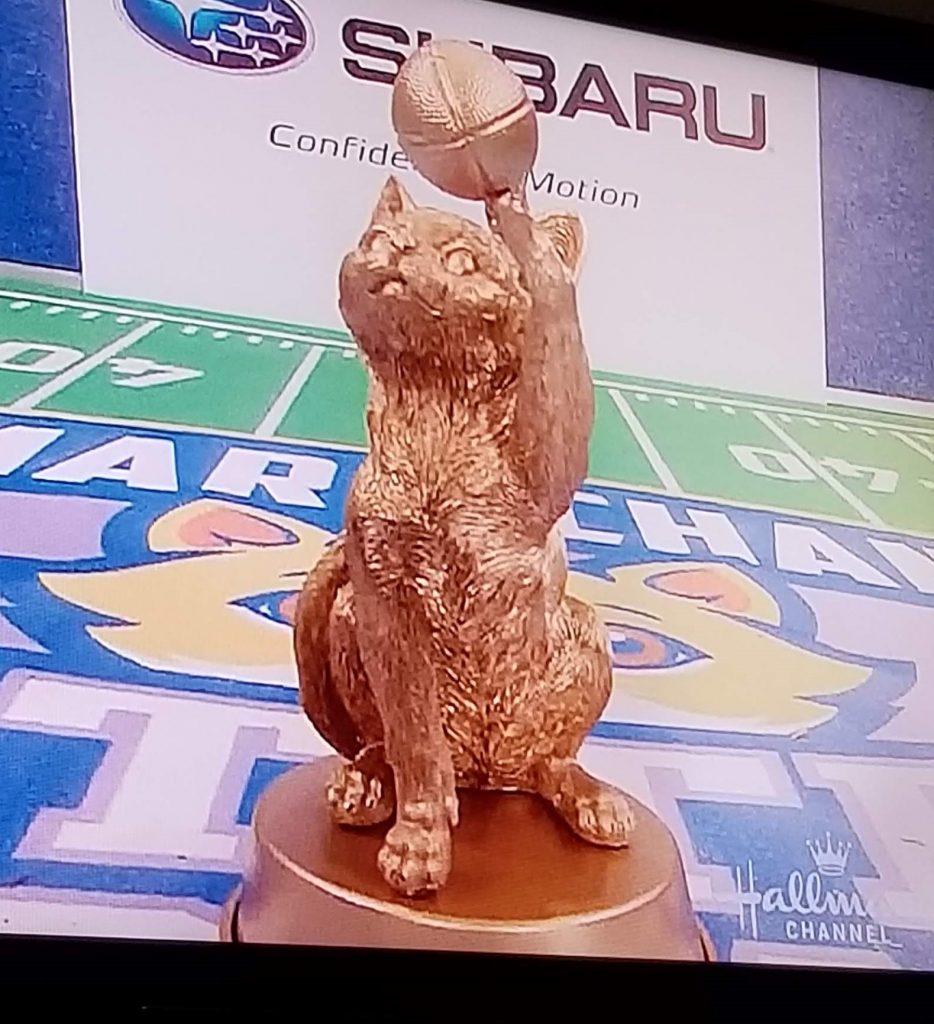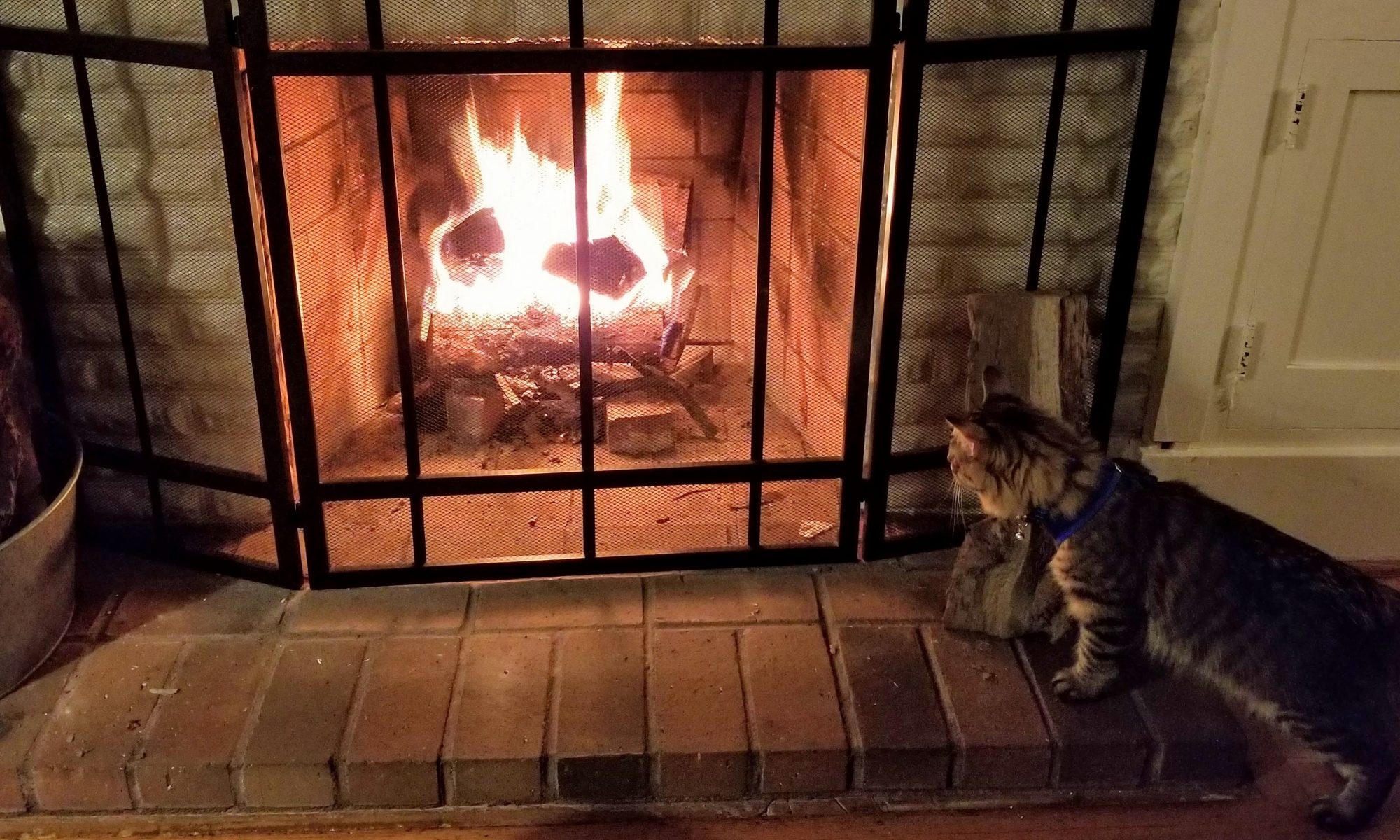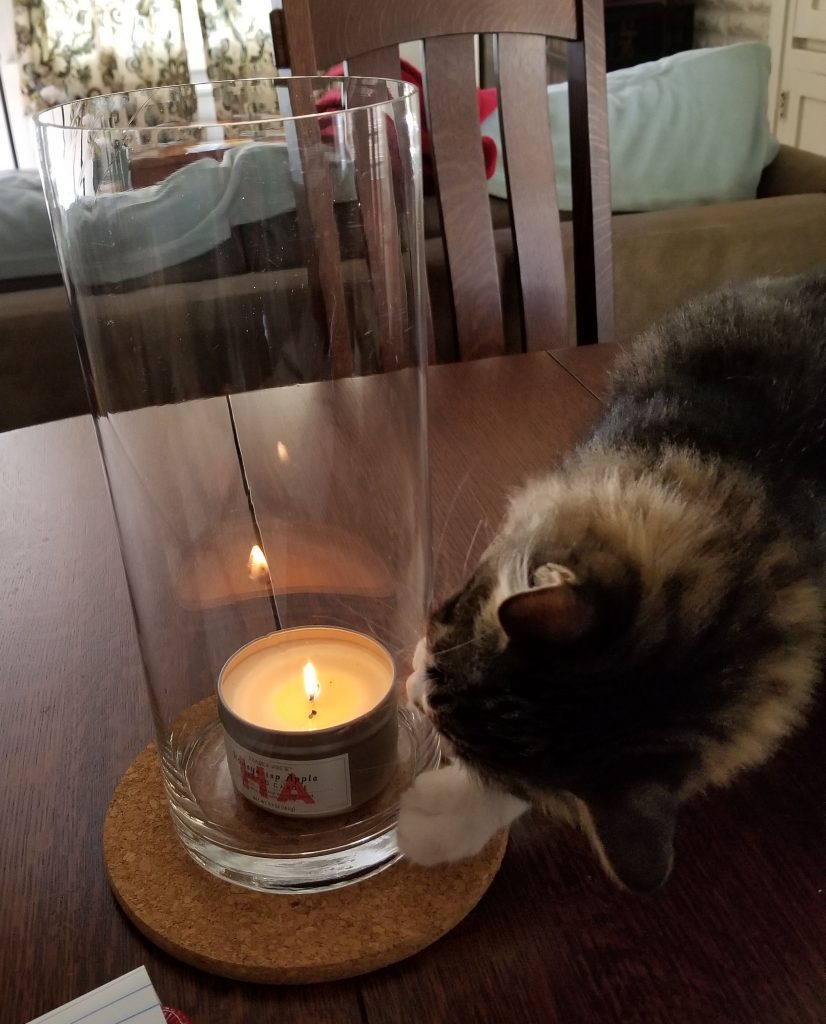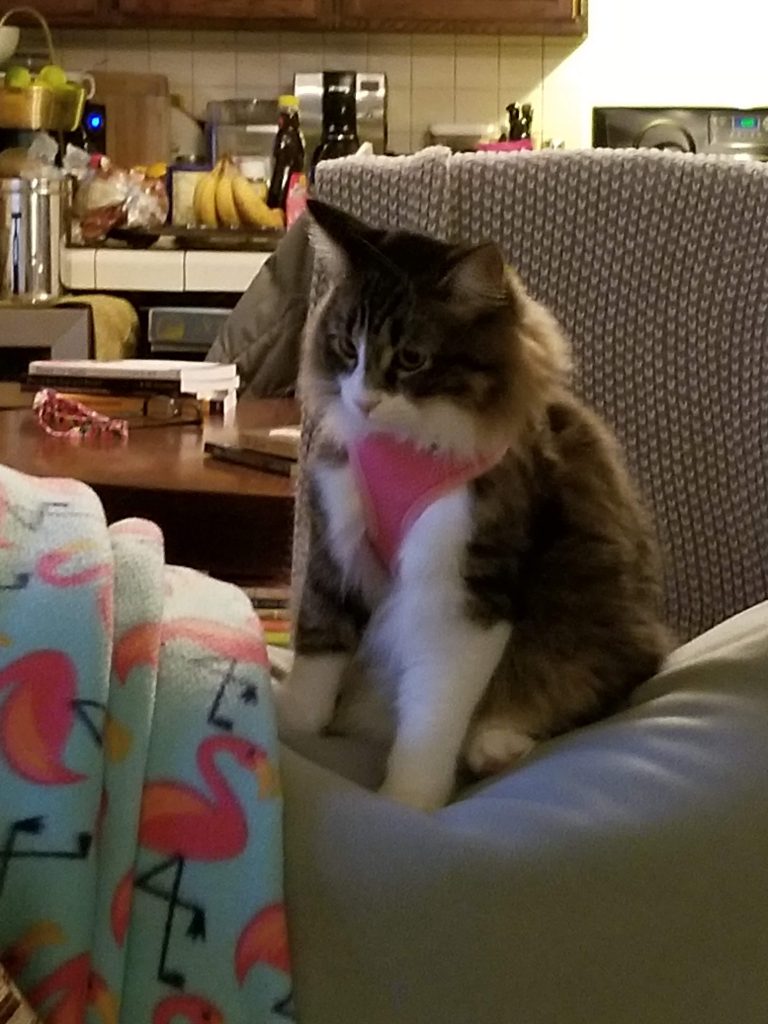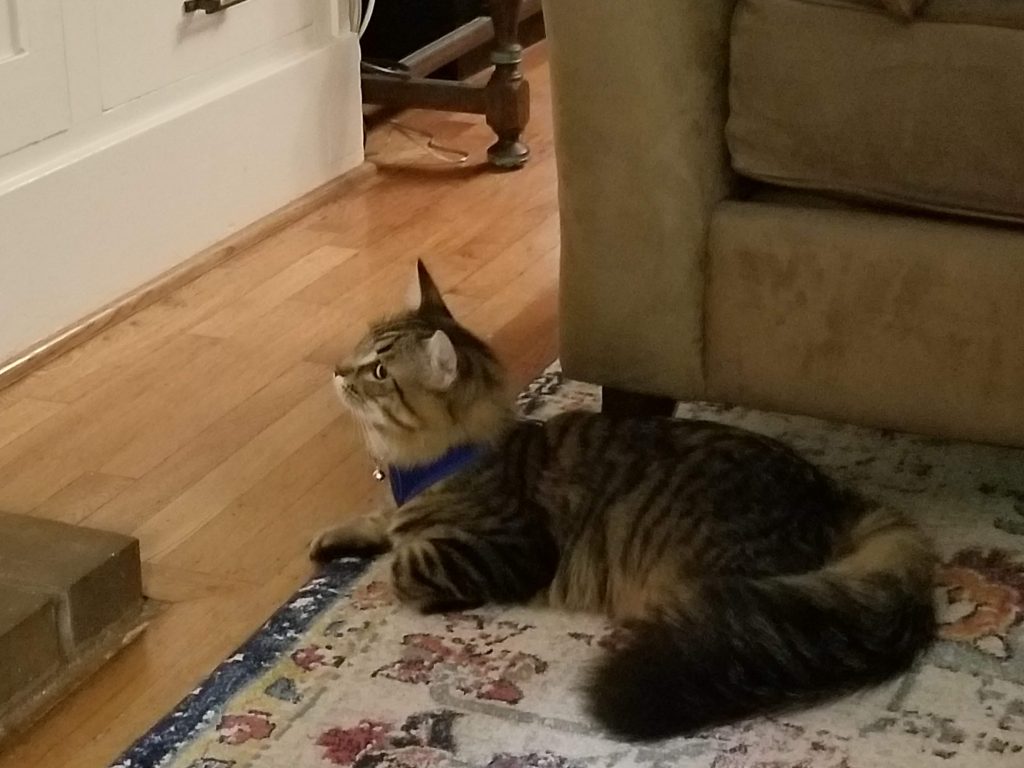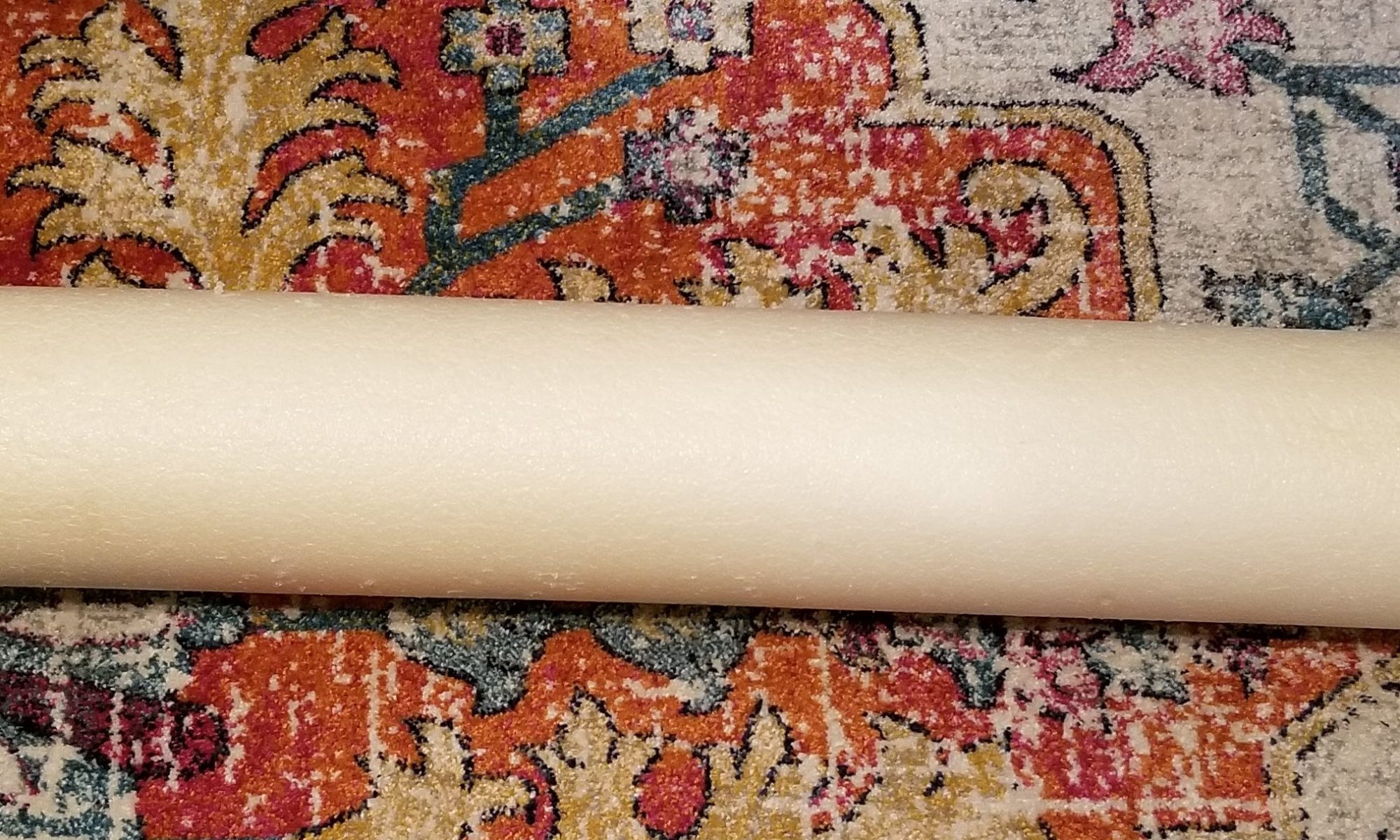These days it seems that every day is National Something-or-Other Day. I generally find the phenomena entertaining, but I don’t pay too much attention to it most of the time. However, tomorrow is at least one-of, if not THE most important National Day in my opinion. Tomorrow, February 22 is NATIONAL MARGARITA DAY!
The legend of Margaritas
Apparently, there are all sorts of disputed claims to the invention of the Margarita. One version that I had heard which seemed reputable was back during Prohibition, at a bar in Tijuana, someone ordered a Daiquiri (a classic daiquiri is rum, lime juice, simple syrup, ice, served up). They didn’t have rum, so the bartender made it with tequila.
It turns out that there was another drink that was popular in the early 20th century called a Daisy. A Daisy is brandy, a citrus liqueur, and lemon juice shaken over ice then served over ice topped with club soda. Replacing the brandy with tequila seems like another plausible origin.
The location of bars claiming to have originated the cocktail are also numerous: in addition to Tijuana, there is a claim from a bar in Juarez, in Acapulco, in San Diego, and even Galveston. The first recorded blended margarita was served in La Jolla when some guy got tired of bothering with crushed ice and the first frozen margarita machine was a soft-serve ice cream machine in Dallas
Considering that tequila is involved, we may just have to accept the fact that we may never know the definitive origin. But does it really matter?
Is there is anything interesting about National Margarita Day?
Aside from the joy of there being a day designated to celebrate this wonderful beverage, I did not find much noteworthy about the day. I was hoping for something like a Guinness book record or a cat who is famous for saving someone’s lime crop. Maybe we’ll have to get together over a pitcher or two of Margaritas and see if we can’t come up with a great legend for the day. Does anyone have a good story starter?
How I like to make margaritas at home
I had a great neighbor for many years (I’ve had and have many great neighbors, but this one is germane to today’s topic) who had her own special way of making a margarita. She called it a “Stiffy.” It was 1-part silver tequila, 1-part lime juice over ice. The “Stiffy” was a bit strong for me, but it helped me develop my own take-no-prisoners margarita recipe. I generally make it in a pitcher, so don’t worry, these measurements aren’t for one drink.
Cynthia’s Margarita Recipe
- 1 cup silver tequila
- 1 cup fresh-squeezed lime juice
- ¼ cup something sweet (I am partial to Monin passion fruit syrup or Hanger One orange liqueur but have been known to use Peach Schnapps or whatever else I have on hand)
Combine in a pitcher (or mason jar or other handy container).
Fill a glass of your choice with ice, then fill half-way (ok, ¾ way) with margarita mixture, top with grapefruit flavored seltzer water. I love salt, but I generally don’t salt the rim of the glass – sometimes I will salt the ice, it’s kind-of a nice touch.
If you haven’t already made your plans for National Margarita Day, it’s not too late. Swing by your local market for some tequila, fresh limes, and your favorite secret ingredient. I would strongly suggest picking up some corn chips, salsa and guacamole while you’re at it, this is a celebration after all. You can always stop by your favorite, local Mexican restaurant if you prefer your Margaritas in public, it’s really up to you.
Let me know how you decide to celebrate!

